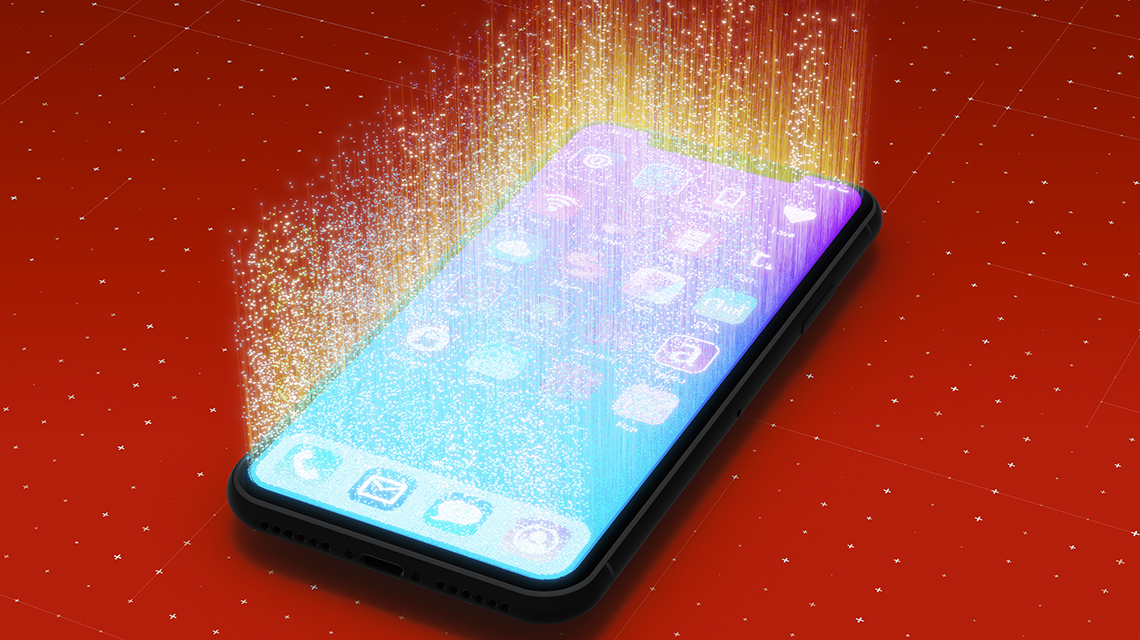
You can set up the phone to dial 911 in an emergency when you are incapacitated and cannot tap out 9-1-1. On an iPhone, you can call 911 by pressing and holding the side button and either volume bottom, or you can do so by rapidly pressing the side button five times. Go to Settings | Emergency SOS to set up these options.
Similar tools are available on Android. On Google’s Pixels, tap Settings | Safety & emergency | Emergency SOS. You can review and add emergency contacts, add a Medical ID and enable a switch that will let you summon 911 by rapidly pressing the power button five times.
8. Dig into accessibility
More than a billion people globally live with some sort of disability, according to the World Health Organization. Numerous accessibility tools, all free, are baked into modern smartphones, and each is aimed at addressing a different kind of disability.
Some tools can help people who are blind or have low vision. Some are designed for folks who have experienced hearing loss. Others can assist people with motor-skill issues.
People with vision problems can magnify text or have everything on their screen read aloud. Filters can be applied, so someone who is color-blind can see what’s on the screen.
Those who are deaf or hard of hearing can benefit from live captions that may help them take in a podcast or other media. Certain other accessibility tools can alter how the phones respond to a person’s touch.
On both iPhone and Android, most of these tools are found when you open Settings and tap on Accessibility.
9. Protect privacy
Honestly, having your phone know where you are is a mixed bag.
On the plus side, it can help you find a gas station when you’re running on empty, navigate around a traffic jam and retrieve a lost phone. But privacy advocates fret about the creep factor in capturing location data because of advertisers’ or law enforcement’s potential misuse or scammers stealing your identity.
Fortunately, you can shrink your digital footprint to match your comfort level, control who can see your whereabouts and determine which apps have permission to track your location. In individual apps, you can even choose whether to share your “precise” location, useful if you have a ride share picking you up, or “approximate” location, useful because a weather app doesn’t need to know exactly where you’re standing.
On iPhone, launch Settings | Privacy & Security | Location Services. On Android phones such as the Samsung Galaxy, open Settings | Location | Location Services.
Check out other Privacy settings on your iPhone or Android handset. When you accepted each app initially, you may have granted permission to use your device’s camera or microphone that might not be needed.
10. Limit your screen time
We’ve listed all these nifty ways to make your smartphone more secure, helpful and pleasurable to use. Now we’re going to tell you how to spend less time using it.
Indeed, you may lament all the time your kids or grandkids are in front of their screens, but the same is true about you. Parental controls aren’t just for parents. They can supply insights into how often you’re picking up your devices and provide wind-down tools when, frankly, you should be getting ready to sleep.
On Android, you’ll find such tools in Settings | Digital Wellbeing. On iPhone, check controls in Settings | Screen Time.
"Smartphone" - Google News
December 02, 2022 at 02:49AM
https://ift.tt/nTeBJvX
10 Steps to Freshening Up Your Old Smartphone - AARP
"Smartphone" - Google News
https://ift.tt/zZfkUwm
https://ift.tt/AFZpfPv
Bagikan Berita Ini














0 Response to "10 Steps to Freshening Up Your Old Smartphone - AARP"
Post a Comment